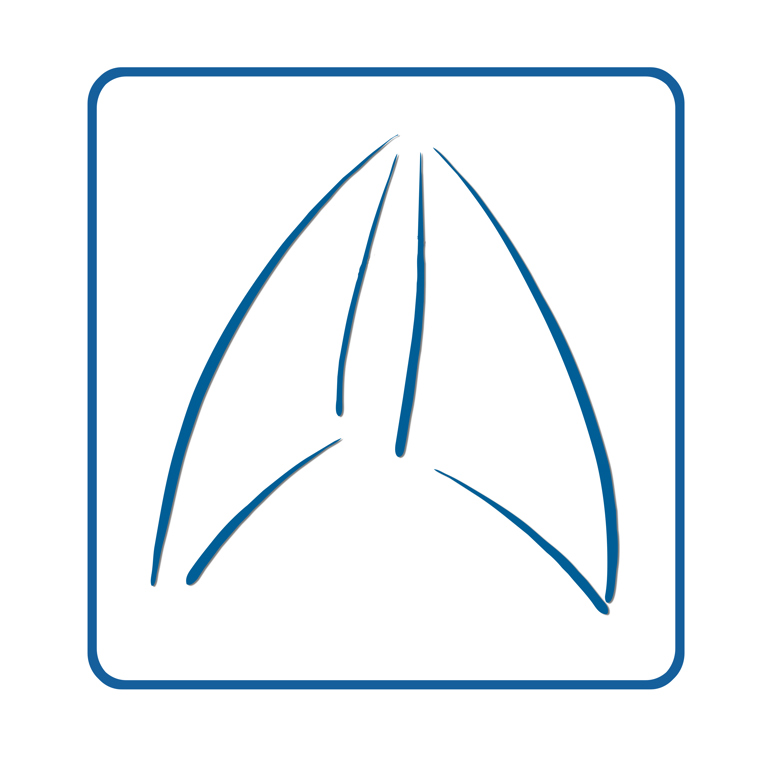The aim of the MBRN is to provide better care for patients with respiratory disease by developing a fully integrated model of care, through bringing together primary, secondary and community care teams around the three localities of North Lancashire, South Lakes and Furness. The MBRN is seeking to improve all aspects of respiratory care from diagnosis, disease monitoring, exacerbation management and admission avoidance as well as end of life care.
The MBRN began its development in 2015 with close working between Tim Gatheral, Patrick Haslam and the MBRN’s original Senior Responsible Officer, Graham Atkinson. The initial concept was to build up funding, capacity and skills within the primary care team to improve the care given to all respiratory patients presenting in primary care. Monthly multidisciplinary team (MDT) meetings with specialist secondary care and community colleagues then provided a close link between the three teams, allowing specialist support and a truly multidisciplinary approach to managing some of the more complex respiratory patients.
As the network continued developing, an acute respiratory team was created to start managing more exacerbations in the community, helping to avoid hospital admission and support early discharge. From the outset a focus on therapeutic interventions such as physiotherapy and pulmonary rehabilitation has been in the MBRN’s plan, leading to a dramatic increase in capacity.
We have a passionate group of colleagues across Morecambe Bay. We have believed from the outset that by increasing close working and improving relationships we can help them find it easier to do the right thing, first time, for our patients - seeing the whole pathway as a joint endeavour and breaking down the communication and IT barriers.
How we saw it working
It’s a big ambition, to improve all aspects of respiratory care and bring together previously disparate teams with their own pathways, protocols and cultures.
Whilst some patients may come into contact with specialist community and secondary care teams in the course of their disease, all patients will be under the care of their local primary care team throughout their lives. This is why we felt that the starting point should be to provide funding and support to primary care teams to develop respiratory services within the practices.
These teams receive additional funding to provide clinical capacity and leadership which can be tailored to the needs of the local population. Focussing initially on new diagnosis and management of the more common conditions (COPD, asthma, ILD, and bronchiectasis), the teams have direct access to advanced imaging and lung function testing and the necessary immunological blood tests.
Monthly MDT meetings then bring together these primary care teams with specialist consultants, nurses and physiotherapists. New and complex cases are discussed and management plans decided together. Commonly, we have representatives from pulmonary rehabilitation, mental health, respiratory physiotherapy, and acute respiratory services discussing cases with GPs, practice nurses and primary care Advanced Care Practitioners.
Our Bay-wide education programme is a quarterly meeting which provides integrated education to primary, community and secondary care colleagues. Bringing staff together has improved co-working and brought the overall education provision to a higher level.
Our new acute respiratory pathway will begin seeing patients this year, with a dedicated Advanced Nurse Practitioner providing admissions avoidance and early supported discharge.
We have recorded a reduction in referrals to secondary care and overall pressure on them, which has given the specialist team more time to provide severe asthma and ILD services in a more local setting. We are also seeing that patients who are referred from the MDT to see a consultant are now fully investigated by the time they reach outpatients.
Implementation so far
Over the past year, 14 GP practices in Morecambe Bay have joined the MBRN and received additional funding to develop their respiratory services. MDT meetings are now held monthly in North Lancashire and Furness localities with representation from many specialist teams along with the primary care teams.
Within each of these practices there are specific clinics for the practice to assess patients with suspected or established respiratory disease. Additional capacity to provide dedicated diagnostic appointments (using a dedicated template to capture relevant data, blood tests and spirometry), post-admission reviews and early assessment of complex or deteriorating patients is now in place.
Community teams have also increased in size; we have recruited 18 new staff members, including 15 to facilitate an increase in pulmonary rehabilitation and rapid response capacity. We are developing and using a standardised set of templates within an integrated electronic patient record system (EMIS) to ensure all staff across primary and community teams are recording information in the same way.
The Morecambe Bay Respiratory Network website has recently been launched (www.baybreathing.com). This will become a repository of information for both staff and patients – information on respiratory conditions, education tools, medications and clinical pathways
A digital respiratory dashboard is almost complete providing detailed analysis of the state of respiratory disease in Morecambe Bay.
Achievements during 2019/20 and where to go next
• 36% reduction in GP referrals to respiratory outpatients at University Hospitals of Morecambe Bay NHS Foundation Trust (UHMB), exceeding the network’s initial target by 12%
• Increased referrals to pulmonary rehabilitation by 30% in Furness and 24% in North Lancashire
• Bay-wide integrated respiratory education programme
• Reduced waiting lists for pulmonary rehabilitation from 36 weeks to 12 weeks in North Lancashire
• 9% reduction in non-elective admissions to UHMB hospitals within the defined patient cohort (COPD, asthma, bronchiectasis, IPF/ILD and exacerbations of these conditions presenting as pneumonia/LRTI).
Our goals for the next 2-3 years include:
• Firmly establish the MDTs as the first port-of-call for queries regarding patients with respiratory disease
• Expand the MBRN approach into the South Lakes locality
• Increase the capacity for pulmonary rehabilitation and respiratory physiotherapy and achieve a reduction in waiting times
• Establish the acute respiratory pathway across Morecambe Bay
• Build up our research work on the value and impact of integrated care



